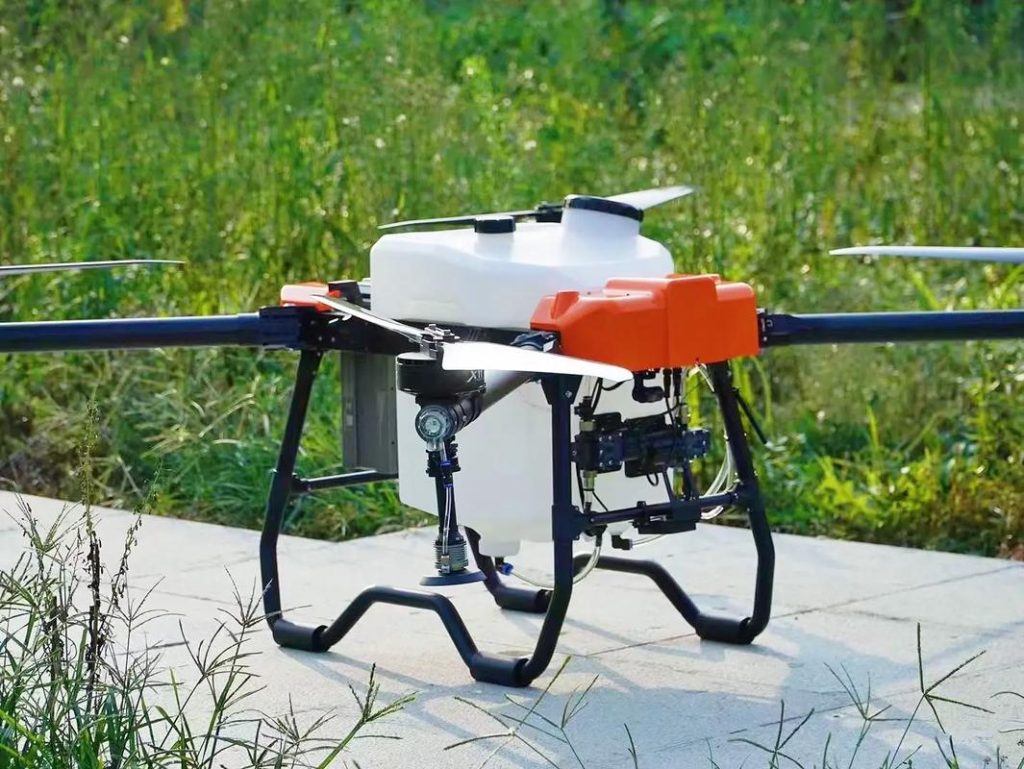
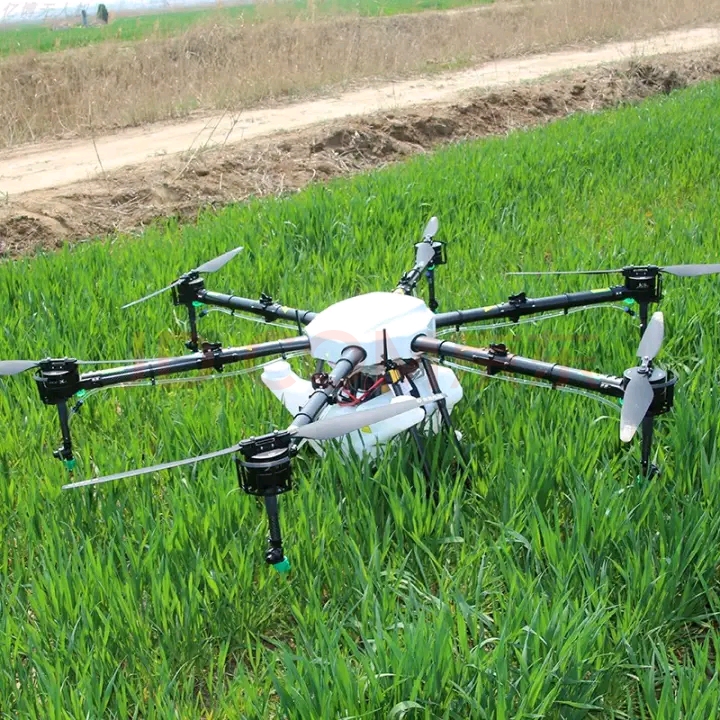
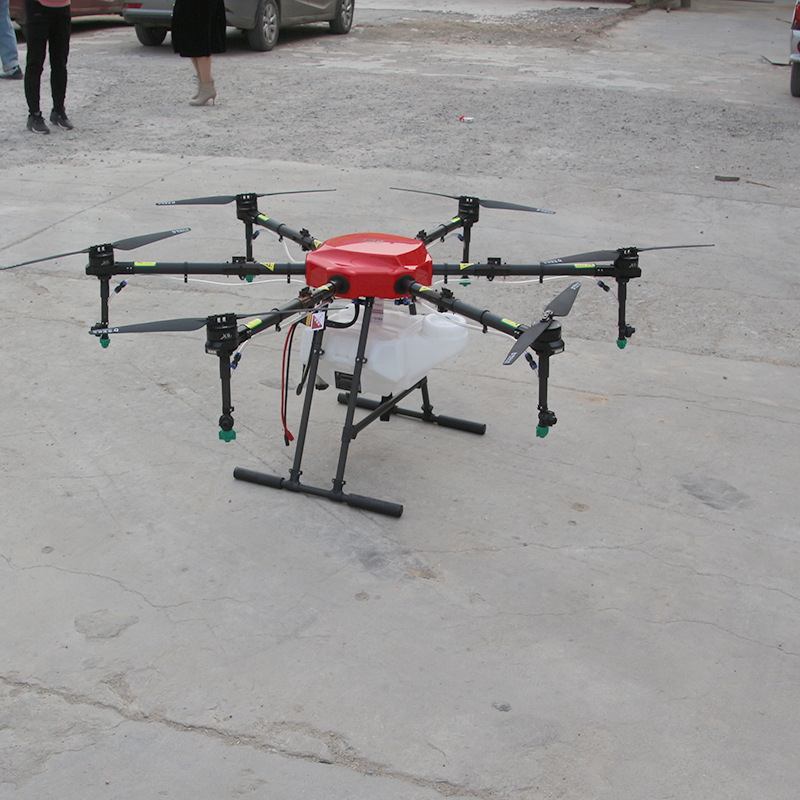
As precision agriculture gains momentum around the world, farmers in Cambodia are turning to agricultural drones to boost efficiency, optimize resource use, and increase yields. China, with its advanced manufacturing capabilities and competitive pricing, has emerged as a leading source for these innovative devices. This guide will walk you through the benefits of agricultural drones, why China is a preferred supplier, and the practical steps to import and deploy drones on Cambodian farms.
—
1. Why Choose Agricultural Drones?
Agricultural drones offer a range of advantages over traditional farming methods:
Enhanced Monitoring: High‑resolution cameras and multispectral sensors capture detailed imagery of crop health, pest infestations, and nutrient deficiencies.
Targeted Applications: Precision spraying reduces pesticide and fertilizer use by focusing only on affected areas, cutting costs and environmental impact.
Time Savings: Drones can survey dozens of hectares in a single flight, drastically reducing the labor and time required for manual scouting.
Data‑Driven Decisions: Integrated software platforms analyze flight data to produce actionable maps and reports, empowering farmers to make informed management choices.
—
2. Advantages of Sourcing from China
China has rapidly become a global hub for drone manufacturing. Key benefits include:
Cutting‑Edge Technology: Manufacturers continuously integrate innovations like AI‑powered object recognition, automated flight planning, and real‑time telemetry.
Cost Efficiency: Large‑scale production and streamlined supply chains keep unit prices lower than many other markets.
Wide Model Selection: From lightweight quadcopters for small plots to heavy‑lift octocopters for large estates, there’s a model to suit every farm size and application.
Customization Options: Many suppliers offer adjustable payloads, sensor packages, and software integrations tailored to specific crop types and terrain.
—
3. Step‑by‑Step Purchasing Process
Step 1: Define Your Farm’s Needs
Crop Type & Acreage: Rice paddies, orchards, and vegetable plots each have different coverage and payload requirements.
Key Features: Decide if you need thermal imaging, multispectral sensors, or automated spraying attachments.
Flight Endurance: Longer battery life is essential for large farms, while smaller operations may prioritize compact design and portability.
Step 2: Identify Potential Suppliers
Online Marketplaces: Browse manufacturer catalogs on major B2B platforms, filtering by ratings, certifications, and minimum order quantities.
Virtual Trade Shows: Attend digital expos to compare specifications, watch live demonstrations, and engage directly with technical teams.
Peer Recommendations: Connect with fellow Cambodian farmers or agricultural cooperatives who have firsthand experience.
Step 3: Request Detailed Quotes
Unit Cost Breakdown: Ask for per‑unit price, bulk discounts, and any customization fees.
Shipping Estimates: Confirm air freight or sea freight options, transit times, and insurance coverage.
Warranty & Support: Ensure the supplier provides a clear warranty policy and remote technical support for troubleshooting.
Step 4: Navigate Cambodian Import Regulations
Customs Documentation: Prepare a commercial invoice, packing list, bill of lading or airway bill, and any technical datasheets.
Import Duties & VAT: Consult Cambodia’s General Department of Customs and Excise for current tariff rates on unmanned aerial vehicles.
Certification Requirements: Verify whether the Ministry of Agriculture or the State Secretariat of Civil Aviation mandates special approvals for drone operations.
Step 5: Finalize Payment & Shipping
Secure Payment Methods: Use letters of credit or bank transfers to mitigate risk. Consider escrow services if available.
Logistics Partner: Engage a freight forwarder familiar with Cambodian customs to streamline clearance and last‑mile delivery.
Tracking & Communication: Maintain regular updates with your supplier and logistics provider to monitor shipment status.
—
4. Key Considerations for Cambodian Farmers
Battery Management: Invest in extra battery packs and a charging station to minimize downtime between flights.
Operator Training: Arrange hands‑on training sessions, either virtually or in‑person, to ensure safe and efficient drone operation.
Software Integration: Choose a data‑analysis platform that supports Khmer language or has intuitive visual dashboards.
Maintenance & Spare Parts: Confirm local availability of critical components—propellers, motors, and sensors—to avoid long repair delays.
Regulatory Compliance: Register each drone with the State Secretariat of Civil Aviation and adhere to no‑fly zones around airports and sensitive areas.
—
5. Conclusion
Purchasing agricultural drones from China offers Cambodian farmers a powerful tool to modernize operations, reduce costs, and enhance sustainability. By carefully assessing your farm’s requirements, vetting suppliers, and navigating import regulations, you can secure the right drone solution for your fields. With proper training, maintenance, and compliance, these aerial platforms will help you harness precision agriculture’s full potential—driving higher yields and a more resilient farming future in Cambodia.








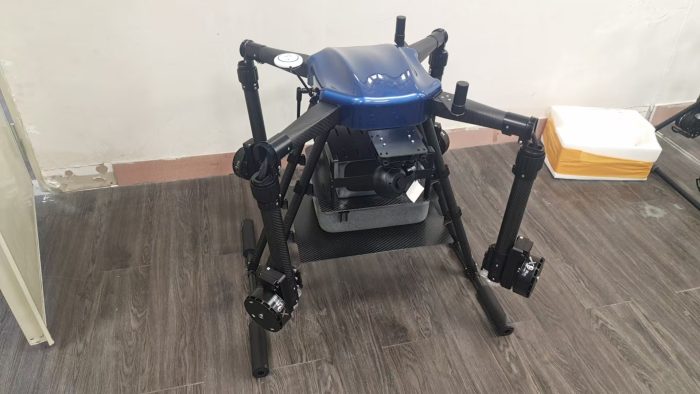
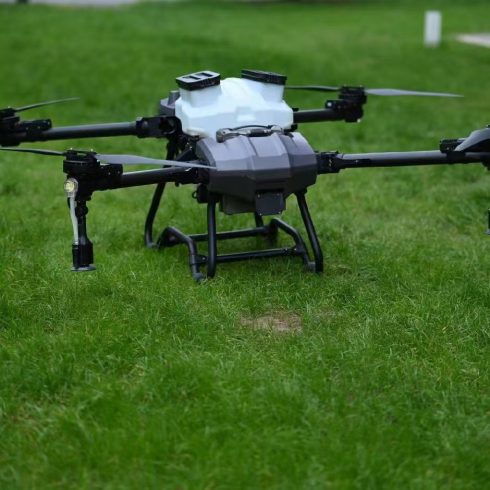
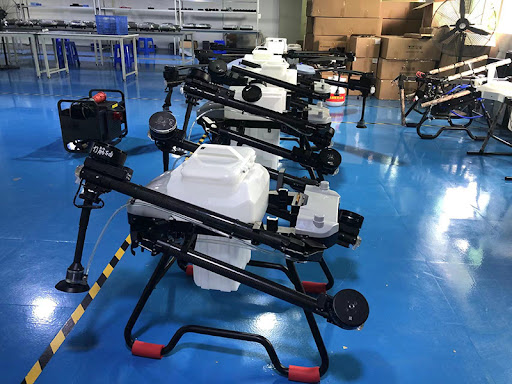

暂无评论内容